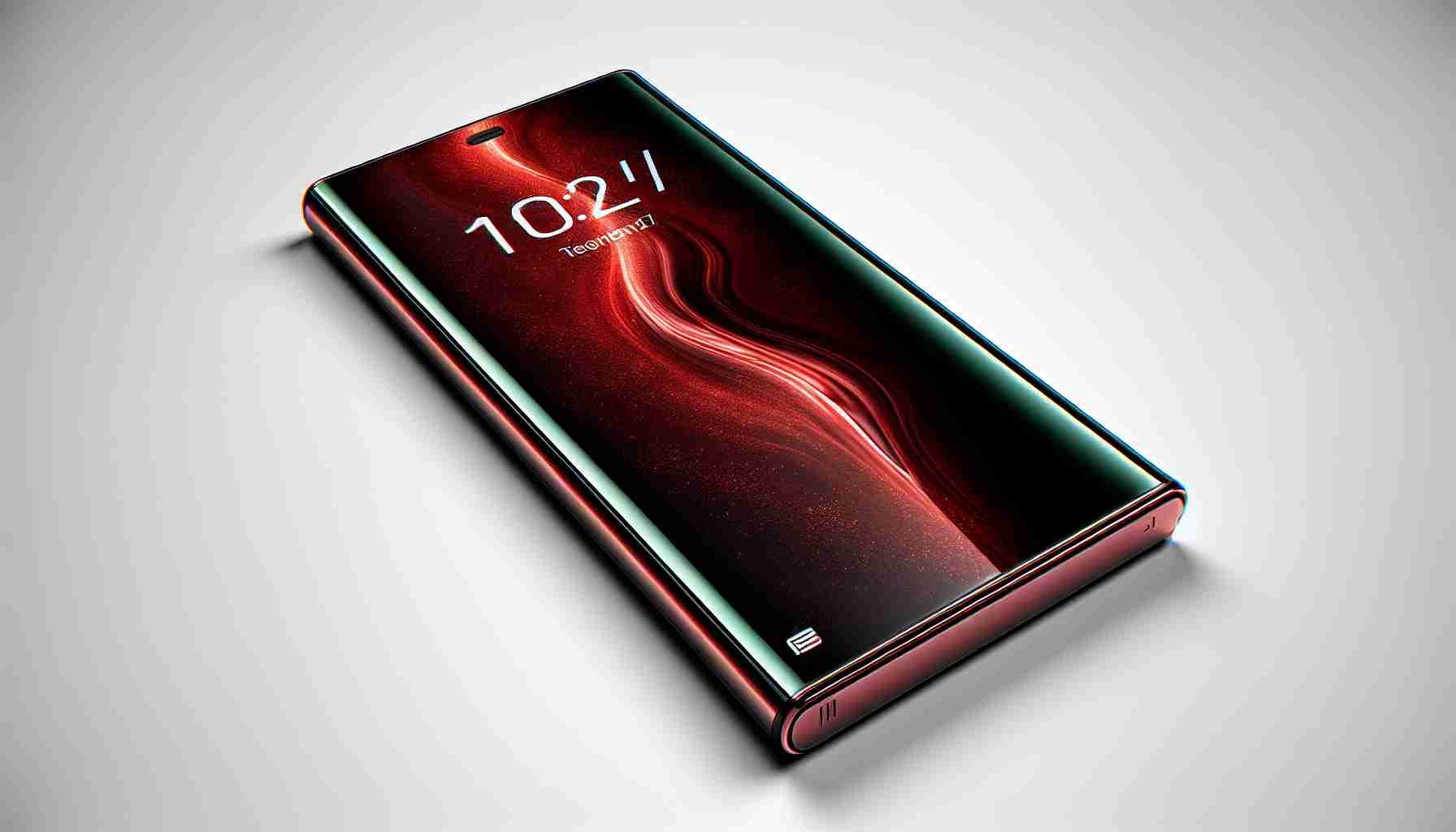Industry Predictions Hint at a Slimmer Future for Apple’s Iconic iPhone
Rumors surrounding the technology industry can often hint at groundbreaking developments, and one such whisper has come from the fin-tech corridors. Haitong International Securities analyst Jeff Pu stirred the tech circles months ago with mentions of a sleek entrant in Apple’s smartphone lineup.
The Anticipated Arrival of the iPhone 17 Collection
September 2025 is the period marked for the release of a new suite of iPhones, including the much-talked-about iPhone 17 family. Piquing consumer interest, this lineup is anticipated to feature the iPhone 17, 17 Slim, 17 Pro, and 17 Pro Max. Each model is expected to boast OLED displays, progressively sized from 6.1 inches up to a substantial 6.9 inches.
Reimagining Thinness with the iPhone 17 Slim
The iPhone 17 Slim, in particular, is set to be a game-changer, potentially replacing the existing Plus model. A report from The Information suggests that the Slim model will be positioned at the top of the iPhone family, even surpassing the iPhone 17 Pro Max in price. Apple has a history of introducing significant design shifts, such as those seen with the iPhone X, and the iPhone 17 Slim may well be the next big revelation.
Innovative Features and Enhanced Performance on the Horizon
Further speculations hint that all models will carry Dynamic Island, with the 17 Pro Max employing a miniature variant through ‘metalens’ technology—a move anticipated to shrink the FaceID setup. The iPhone 17 and Slim could potentially pack 8 GB of RAM powered by either an A18 or A19 chip, while the 17 Pro and Pro Max might integrate 12 GB of RAM along with an A19 Pro chip.
Camera Innovations as a Focal Point
Apple is reportedly planning to equip each of the four devices with a 24-megapixel selfie camera, with ambitions to embed both the selfie camera and the TrueDepth camera system underneath the screen by 2026.
This sets the stage not just for the next generation of iPhones but also points towards an era where ultra-slim designs are no longer just a possibility but a stark reality. Overall, Apple enthusiasts and smartphone aficionados await with bated breath as 2025 approaches, bringing these futuristic devices closer to the hands of consumers.
When considering the future vision for Apple’s iPhone 17 in the year 2025, there are several questions, challenges, and relevant information that can paint a broader picture of what to expect and the potential implications:
Most Important Questions:
1. What advancements will be required in battery technology to maintain product longevity with a slimmer design?
2. How will Apple ensure robust device durability in its slimmer iPhone 17 models?
3. What will be the environmental impact of producing the new iPhone 17 series?
Key Challenges:
– Ensuring a slim design does not compromise battery life or device performance.
– Overcoming the engineering obstacle of fitting advanced components into a thinner form factor without elevating the risk of overheating.
– Addressing concerns over potential fragility in slimmer devices and ensuring they meet consumer expectations for durability.
Controversies:
– Pricing strategies may attract criticism if the costs of the slimmer models are significantly higher than previous generations.
– Ethical concerns over sourcing materials and labor practices can arise, in line with the increased scrutiny on tech companies’ supply chains.
Advantages:
– A thinner design could be more aesthetically pleasing and easier to handle, providing a more desirable user experience.
– Innovations that come with the new design could trickle down to other devices, encouraging overall technological advancements.
Disadvantages:
– The price point for the iPhone 17 Slim, being higher even than the Pro Max, could make it less accessible to a wider audience.
– A focus on aesthetic slimness may lead to compromises in other areas, such as battery capacity or hardware robustness.
In the context of these considerations, it’s also relevant to take into account Apple’s historical approach to innovation and product launches. By analyzing previous iPhone releases, a pattern of incremental improvements and attention to design is evident. Apple typically supports existing models for several years with software updates, which raises questions about how the new ultra-slim design might affect the lifespan and support period of older iPhone models.
Moreover, consumer reactions to past changes, such as the removal of the headphone jack, suggest hints at how Apple’s user base might adapt to significant design shifts.
For further information directly from Apple, you can visit their official website with the following link: Apple.
Please note that any links or predictions provided are speculative and based on the provided mock article date set in a future context, so they do not necessarily represent real-world information or future events.
The source of the article is from the blog lokale-komercyjne.pl
